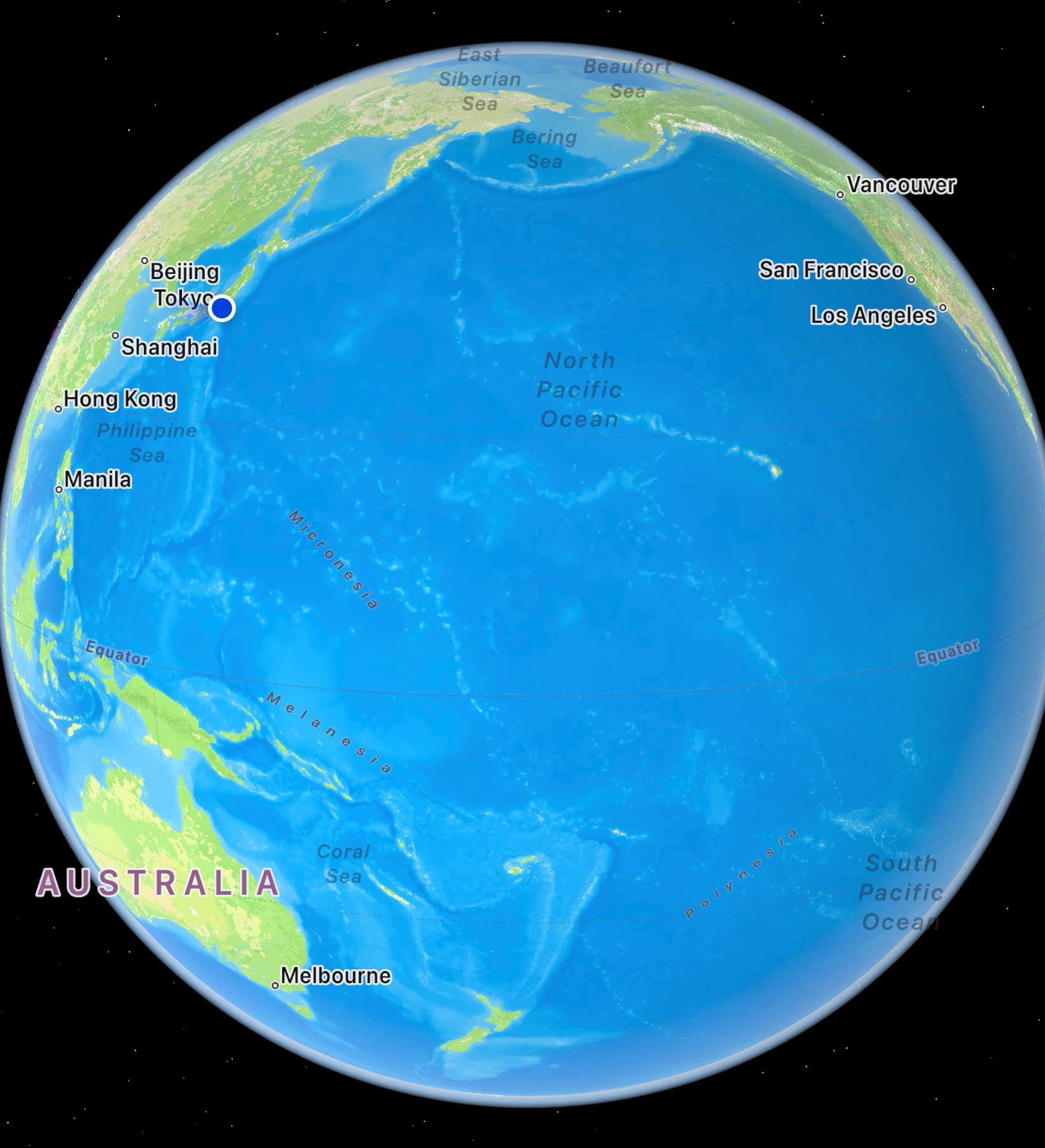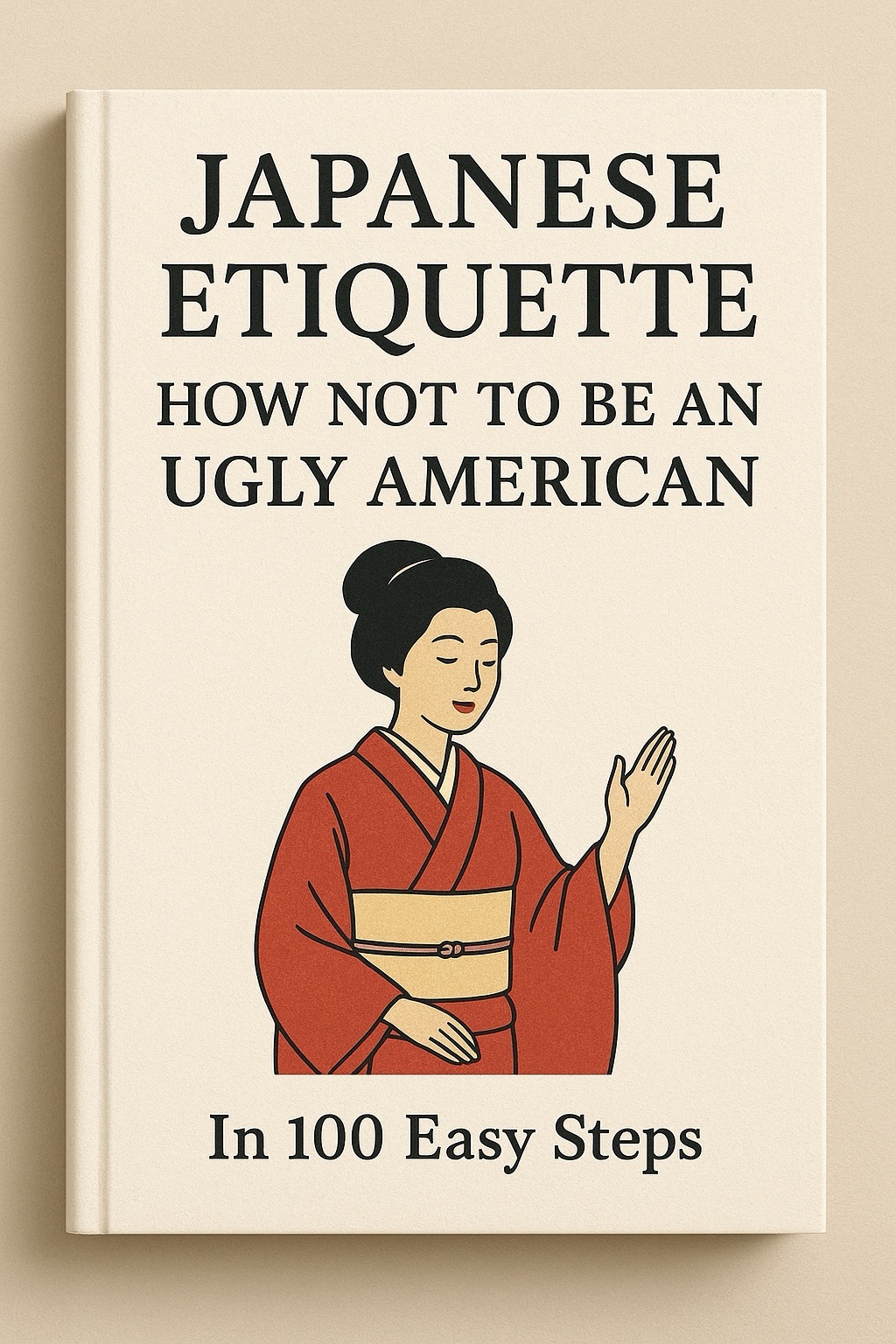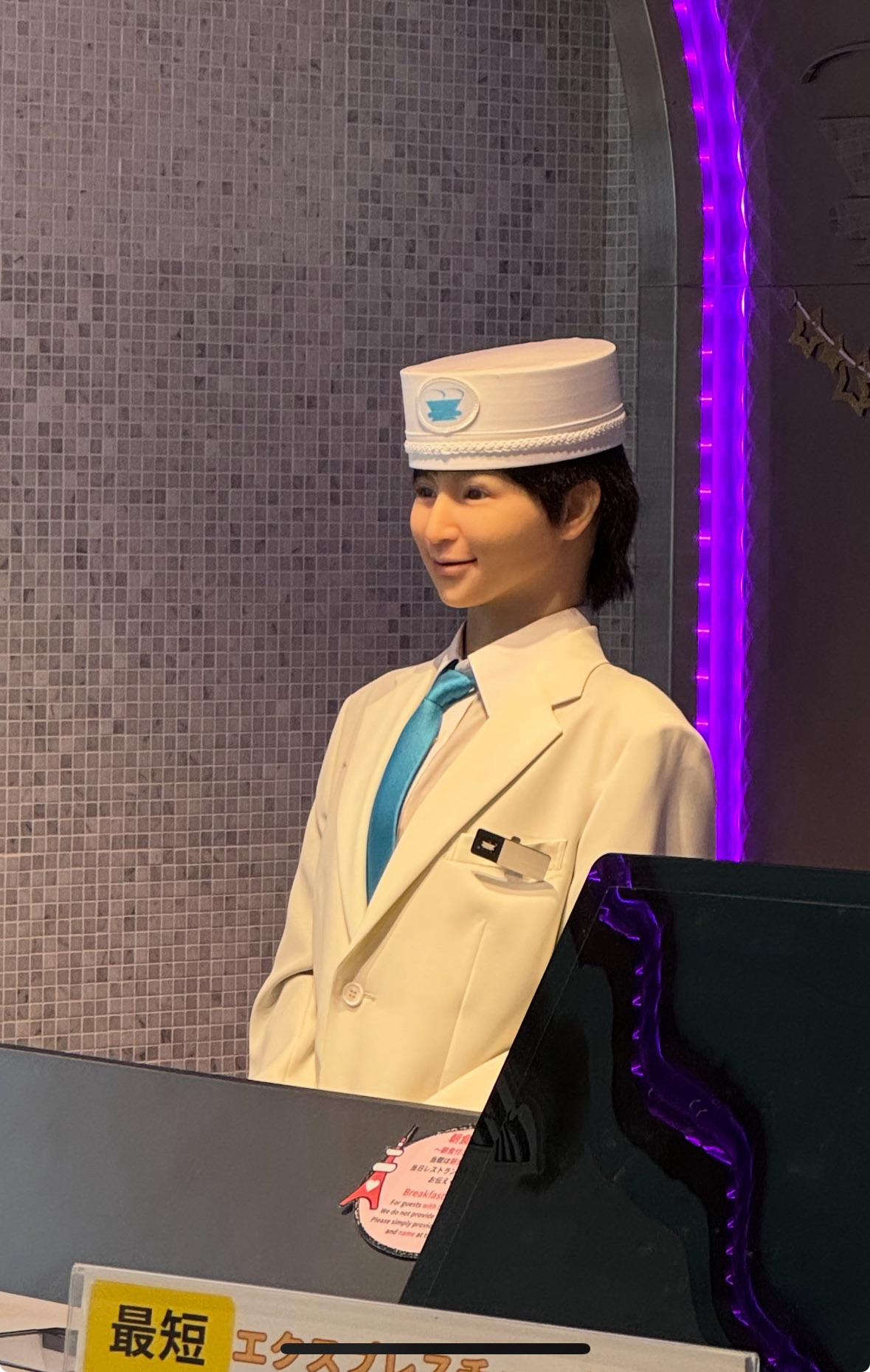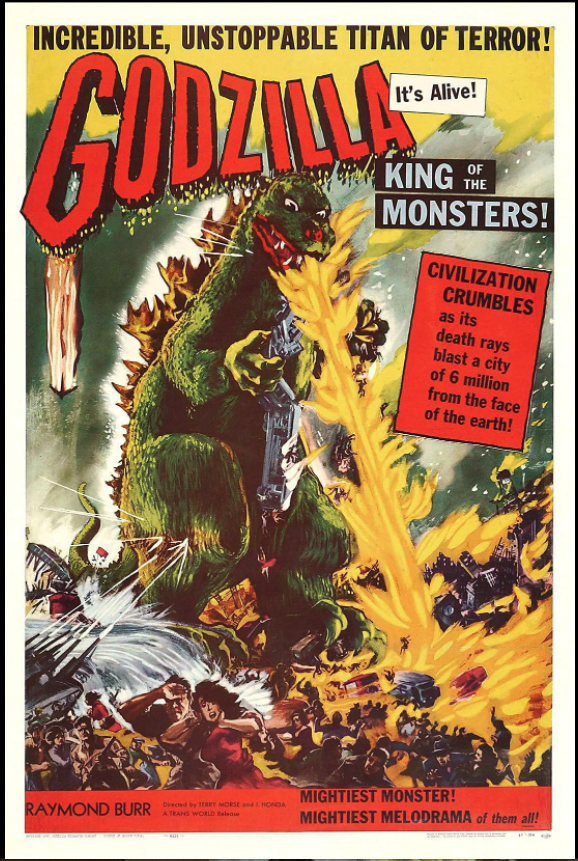23 September 2025
The last time I visited Tokyo, I never actually made it past Narita Airport and a nearby luxury hotel—an unplanned overnight courtesy of United Airlines. My grand cultural immersion consisted mostly of jet lag, a soft robe, and the gleaming marvel of Japanese engineering: the smart toilet. With more buttons than a cockpit and a heated seat that felt like a first-class upgrade, it left a lasting impression. So, this time, flying back to Tokyo for real, I’m venturing beyond an airport and hotel bathroom, ready to discover the city that invented such everyday genius.
Clouds and a Lot of Water

Flying long haul from San Francisco to Tokyo feels far less daunting when I can stretch out in United’s Polaris business class. After forty-seven years and hundreds of uncomfortable, cramped economy flights, I’ve convinced myself I deserve this luxury. (United cites 377,107 lifetime miles but it feels a whole lot more when in economy!) With a lie-flat seat, real cutlery, and a glass of wine, or two, not served in plastic, my journey feels indulgent. It’s not. I don’t feel guilty, I feel like drinking a glass of champagne.
The crowning moment arrives in the guise of a caramel sundae—proof that sometimes, after decades of flying cattle-class, sweet rewards really do arrive at 37,000 feet. All coupled with the ability to free iMessage to my friends back home.
Excited yet slightly intimidated
One of the reasons I’m especially eager to return to Tokyo is the chance to immerse myself in a culture so strikingly different from my own. Japan’s reputation for efficiency and innovation—whether in the precision of its trains, the seamless flow of its public transport, or its attentive social services—fascinates me. Beyond systems and structures, though, it’s their daily life that seems to revolve around respect and harmony in ways I’m not used to. It’s not just about being efficient or orderly; it’s about making sure interactions are smooth and considerate.
I’ve traveled to more than a hundred countries, across all seven continents, and through every one of the fifty U.S. states. Yet, Japan intrigues me. What sets it apart is not just a layering of ancient tradition with cutting-edge modernity, but the way it blends opposites so effortlessly. One moment you may stand in front of a centuries-old shrine, and the next you’re standing in a neighborhood of neon towers designed for the future. The trains run with clockwork precision, people treat politeness like an art form, and age-old rituals are carried out with the same seriousness as the launch of our latest iPhone.
The cultural difference lies in the subtle yet profound way Japan prioritizes harmony, precision, and respect—whether in the art of a tea ceremony, the etiquette of a bow, or the simple act of boarding a train in perfect order. For a free-wheeling American, Japanese politeness can feel almost intimidating.
Please, don’t mess up some unspoken rule along the way
Life in the U.S. feels pretty different from most other places. If you’ve traveled around the states and abroad, you can’t help but notice it. From the way we handle public transportation (or don’t) to our use of technology, from our attitudes and interactions to how we approach dining and ordering a drink, the American everyday life stands out. Our habits, pace, and priorities shape a lifestyle that feels unmistakably our own.

For me, Japan feels like a destination that may manage to surprise, unsettle, and inspire all at once. The deep respect and formality woven into Japanese culture make me acutely aware of how easily I might misstep or cause offense without meaning it.
Yet, perhaps that’s part of the adventure—the ability to step into a country where rules of courtesy run deeper than the almighty dollar, and to learn to navigate and observe Japan with curiosity, openness, and a healthy dose of respect.
I have a strong desire to just walk around the airport, streets, shops, metro, and trains to witness if the YouTube Reels are true!
Landed: adventure beyond the airport
I arrive at Haneda Airport (recently recognized as the cleanest airport in the world), grateful that it sits much closer to downtown Tokyo than Narita. At every corner, an attendant greets me and points the way. I am thru immigration and customs in less than 10 minutes.
From here, it’s a breeze to hop onto the Monorail, which glides smoothly into Hamamatsuchō Station. With effort, I find the North Exit. The station is a maze of turns, halls, and levels. Thankfully, I know my compass so when I see South, smart me, North must be the other direction.
A short walk later, most of it exiting the station, I find myself checking into my hotel—the Henn na Tokyo—feeling both tired and excited to finally be in the heart of the city.

Armed with my extremely limited Japanese— kon’nichiwa on entering, I quickly learn it is not necessary. What greets me is electronic self-checkin and two decidedly disturbing automatons.
Preparation and Execution – seeking the legend
My go-to iPhone apps prepare me for tomorrow’s exploration. Once again, I’ve purchased eSims from Airalo. I never leave home without the ability to access cellular data while traveling. Also, without Google Maps, all, including me, would be lost. I have my walking directions and destinations prepared.

In the next two days, I’ve planned as much as my feet—and time—can handle: parks, temples, and even a stroll across the Rainbow Bridge. But the crown jewel of my Tokyo itinerary is a must-see visit with one of my childhood idols, Godzilla. After all, I’m in his city.
Tail wags, building crumble; atomic breath incinerates all; death to power grids; crushing bite, bridges gone; immune to puny human weapons! King of Monsters! I can still hear him roar! (Apple should have bought the copyright to use as a start-up chime, just sayin’.) 1954’s Godzilla remains one of the best sci-fi movies ever. Why not stop by, pay my respects? As Raymond Burr’s character memorably said:
“Nature has a way, sometimes, of reminding Man of just how small he is.”
0 Comments